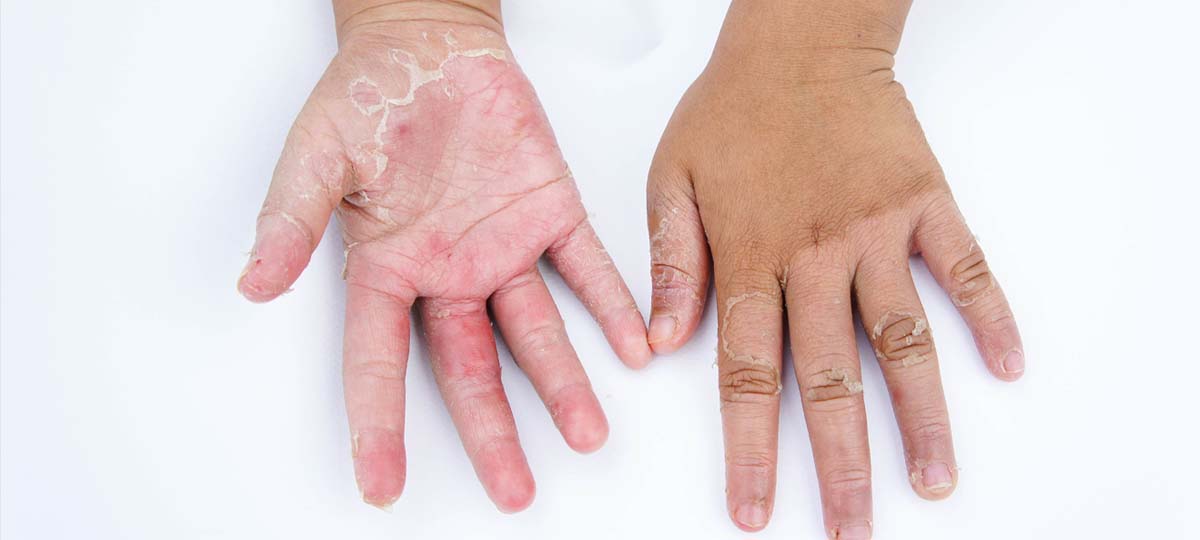Dermatological diseases are conditions that affect your skin. These diseases may cause rashes, inflammation, itchiness, or other skin changes. Some skin conditions may be genetic, while lifestyle factors may cause others.
Types and Classification of Dermatological Diseases
Skin diseases include all conditions that clog, irritate, or inflame your skin. Some of the most common skin diseases include acne, alopecia areata, atopic dermatitis (eczema), psoriasis, and vitiligo. Many rare skin diseases are genetic, such as actinic prurigo (AP), argyria, chromhidrosis, epidermolysis bullosa, harlequin ichthyosis, lamellar ichthyosis, and necrobiosis lipoidica.
Common Dermatological Diseases
- Acne: A common skin disease with blackheads, whiteheads, pimples, or deep, painful cysts.
- Blister: Clear, fluid-filled skin disease appearing anywhere on the body.
- Candidiasis: Fungal infection typically on the skin or mucous membranes caused by candida.
- Carbuncle: A skin condition causing red, painful, irritated lumps under the skin.
- Chickenpox: Clusters of itchy, red, fluid-filled blisters all over the body.
- Cold Sore: Red, painful fluid-filled blisters near the mouth and lips.
- Eczema: Yellow or white scaly patches that often flake off.
- Herpes Simplex Infection: Viral infection causing sores on your mouth or genitals.
- Herpes Zoster: Viral infection causing a painful rash.
- Measles: Red rashes that gradually spread from the face down the body.
- Melasma: Dark patches appearing on the face and sometimes on the neck, chest, or arms.
- Molluscum Contagiosum: Viral infection of the skin or occasionally of the mucous membranes.
- Pediculosis Capitis: Infestation of the hair and scalp by head lice.
- Pyoderma: Skin infection that causes pus-filled blisters.
- Scabies: Contagious skin infestation by the mite Sarcoptes scabiei.
- Tinea Capitis and Corporis: Fungal infection of the scalp and body respectively.
- Tinea Versicolor: Fungal infection causing a rash on the skin.
- Varicella: Highly contagious disease causing an itchy rash and flu-like symptoms.
- Warts: Small, fleshy, grainy bumps caused by a viral infection.

